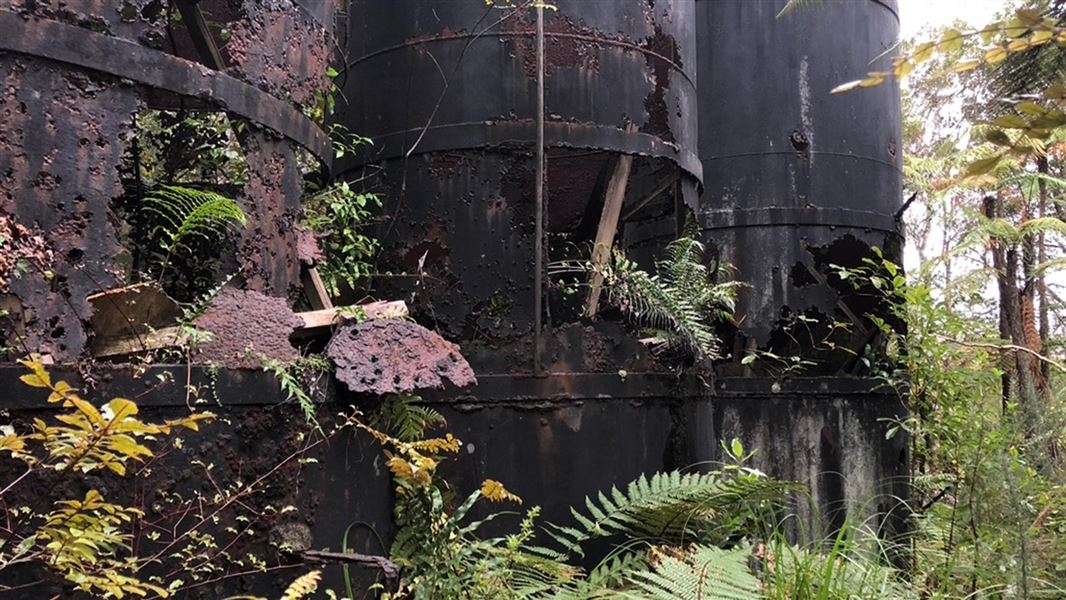Contaminated sites are areas of land previously used for mining, fuel and chemical storage, agricultural businesses, cemeteries, landfills, and a range of other activities.
Associated with these activities and industries, and varying from site to site, are substances including landfill material, heavy metals/metalloids (such as arsenic, mercury, cadmium, copper and lead), pesticides and various hydrocarbon compounds. These substances can become a problem when they occur at levels potentially affecting human health and/or the environment.
Contamination is not always limited to a specific site. Substances may leach through the soil into groundwater, or be carried to nearby land and waterways in rainwater runoff or as dust.
Some of these sites have not been in use for decades – or even more than a century – while others were more recently vacated by previous owners.
In many cases, DOC has inherited these sites as they are within land the department is responsible for. In other cases, DOC administers or manages small strips of land in coastal or natural environments adjacent to sites where heavy industry has occurred – but the operation has been shut down and the previous operator has left.
Managing contaminated sites
As a responsible land manager – with a duty of care to ensure the health and safety of people visiting the areas we manage – we’ve begun a long-term work programme to address the issues associated with these sites.
DOC has prioritised the known and potentially contaminated sites – those that are highest priority either have or have planned investigations underway to determine the level of risk to environment and human health.
The new information understood about sites through preliminary site investigations will be a key factor in our planning for further detailed site investigation work. Once investigations are completed for a site, there are several options available, including management of the sites, or remediation.
It is possible we will need to temporarily restrict public access to some of these sites to ensure the health and safety of visitors – and our staff and contractors.
At some sites the investigations may conclude that contamination is not present at levels that pose a risk to human or environmental health, and no remediation or long term site management is required.
DOCs Contaminated Sites programme has approximately $2 million per annum to deliver on its priorities. Some large or complex remediations may require funding to be obtained through external funding partners to enable delivery.
Contact
For further information please email: ContaminatedSites@doc.govt.nz, site-specific information available will vary from site to site, and may take time to compile.
